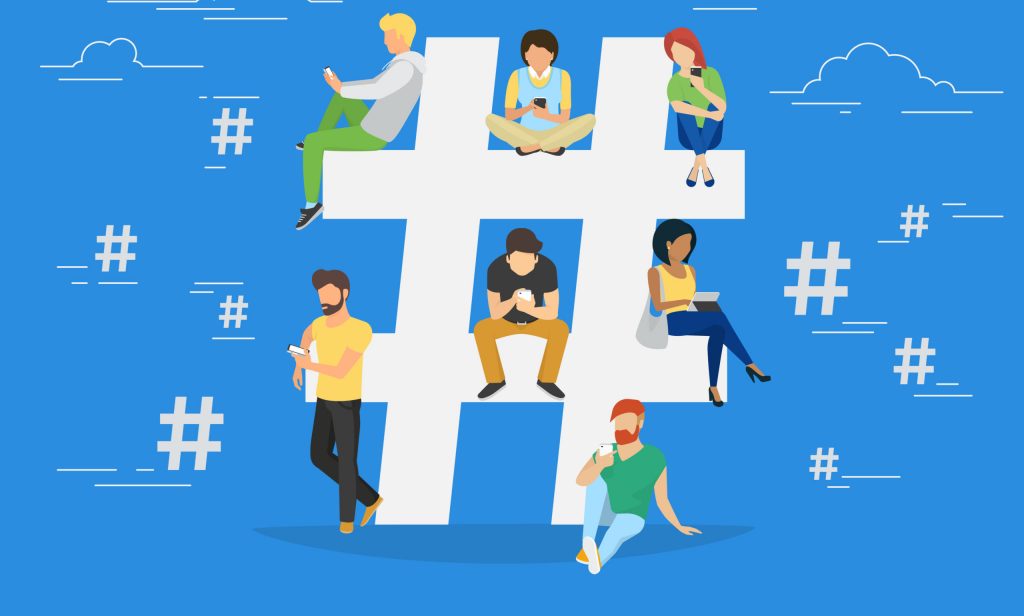The modern-day hashtag has come a long way. From its birth name, the octothorpe, to being called the pound symbol used when dialing phone numbers to now being referred to as a hashtag, used to categorize topics on social media, that little symbol has been through a lot.
The hashtag’s first appearance on the web was found on the Internet Relay Chat (IRC) application in 1988. Within the IRC, people could chat with one another about specific topics in channels labeled with hashtags. Example: if you wanted to chat about flowers for your yard, you’d go to the channel “#gardens”. Pretty simple, right?
Well, in August 2007, Twitter user and social media expert Chris Messina changed the history of digital marketing with a single tweet.
Not long after Messina’s now-famous tweet, hashtags started popping up across Twitter and their official use was instituted by the company in 2009. Other social media platforms noticed and soon adopted the hashtag as well.
Do They Drive Engagement?
Nowadays, from a digital marketing standpoint, how are they beneficial? Hashtags help drive engagement by linking consumers directly to brands. On Instagram, they help sort and organize the content posted by the platform’s 1 billion active monthly users. Not only can users search for a specific hashtag in all social media platforms, but on Instagram and LinkedIn, they also have the option to “follow” a hashtag. This allows content from a specific hashtag to pop up in the users’ newsfeed. So whether they’re following or just searching, using hashtags relevant to your brand helps reach consumers who normally wouldn’t have been exposed to your brand’s content.
Read more: How Important are Hashtags to Social Media Marketing?
